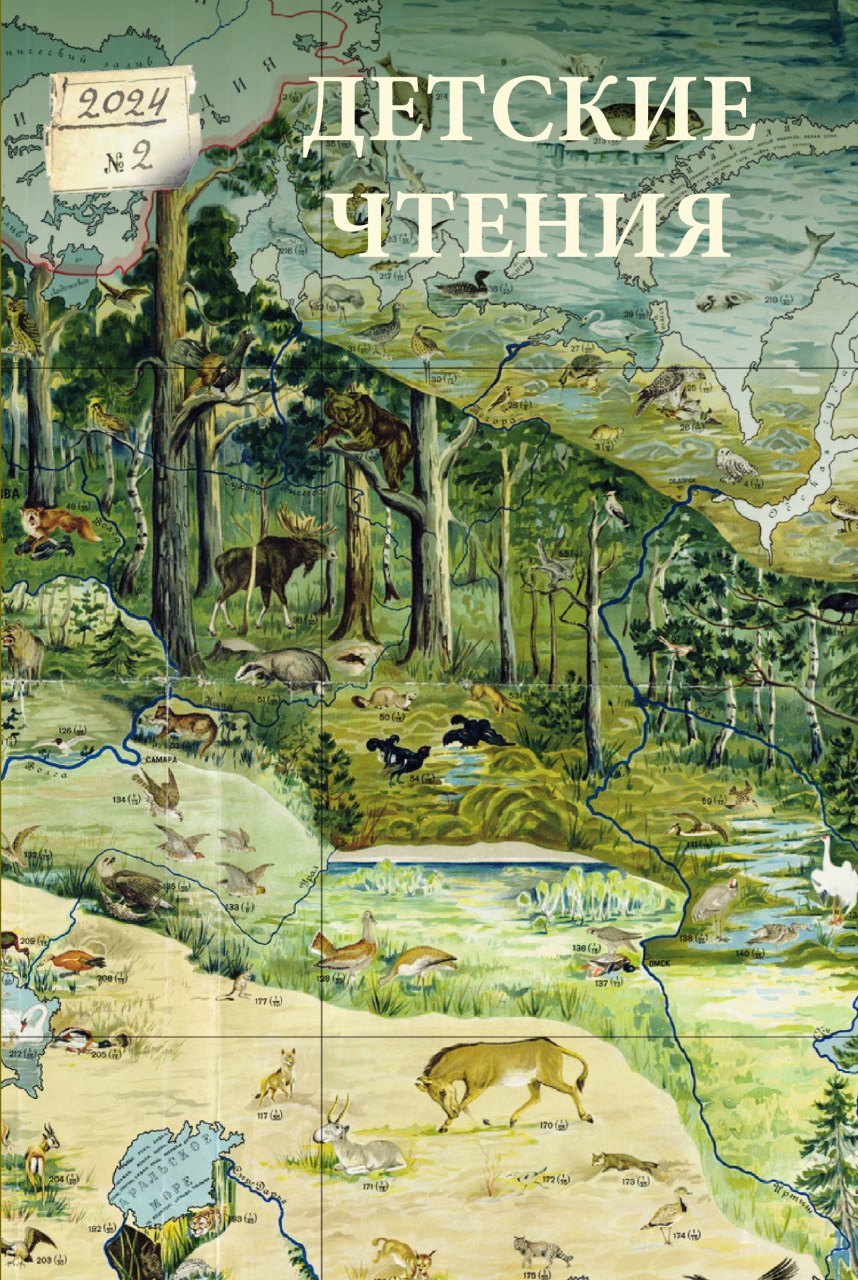FROM THE EDITORS
Abstract
The 26th issue of Children's Readings is devoted to the study of the representation of geographical space in children's literature. Space in a literary work has traditionally been an object of literary studies. The authorial, genre, and stylistic features of its representation have been explored in numerous works; for example, the topoi of the city, manor, village, and sea have been extensively examined. Another approach involves the study of local texts—such as those of the Caucasus, Siberia, St. Petersburg, and Moscow—as objects of cultural geography. However, in the context of children's literature, both aspects of spatial studies have been rarely addressed in Russian scholarship. The articles collected in this issue introduce new material and propose innovative approaches to the study of geographical space in works for children.







